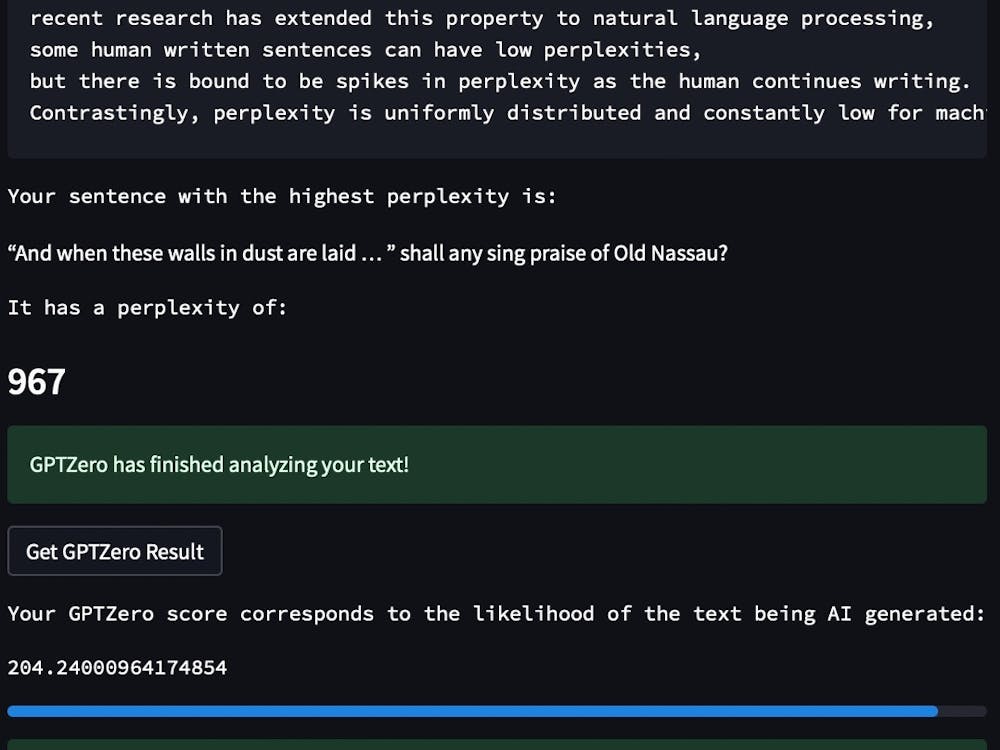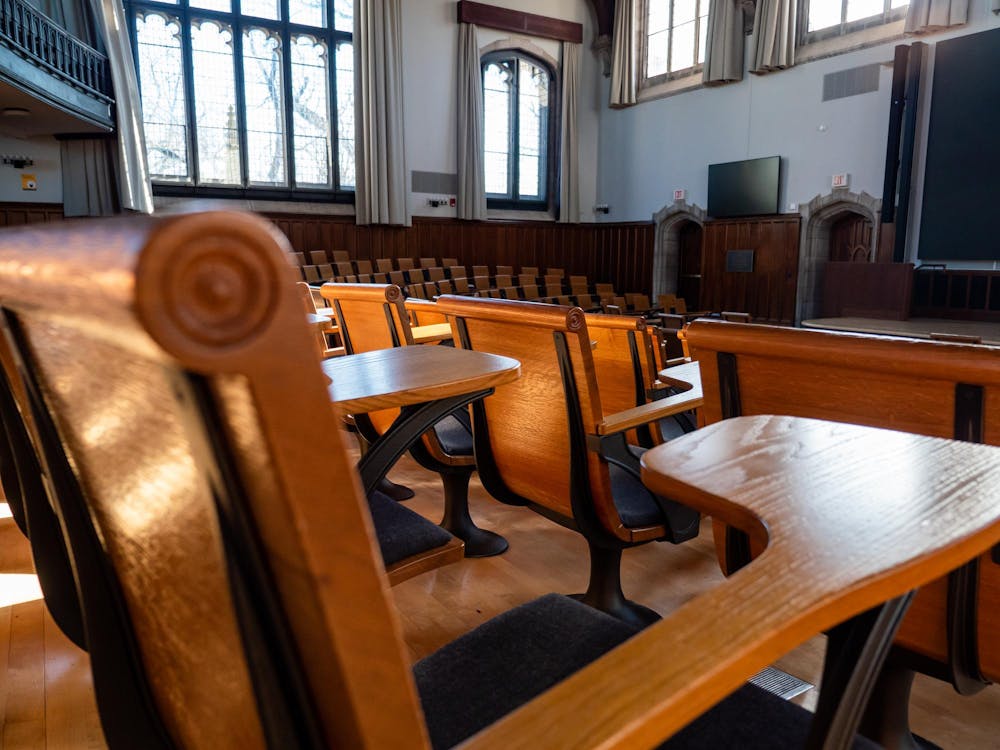On Monday, the University announced that its endowment earned a 5.6 percent return for the fiscal year 2020, which ended on June 30, 2020. The endowment now stands at $26.6 billion, up around $500 million from last year.
This year’s return is a drop from the 6.2 percent gain the University received on its endowment in the previous fiscal year and 14.2 percent in the year prior. According to the University’s announcement, the endowment’s average annual return for the past decade is 10.6 percent, placing the University among the top percentile of the 433 institutions listed by the Wilshire Trust Universe Comparison Service.
Among Ivy League institutions, the University’s 5.6 percent return rate ranked fifth in return rates for the fiscal year ending in June.
Andrew Golden, president of Princeton University Investment Company (PRINCO), told The Daily Princetonian that the COVID-19 crisis made the endowment’s future performance uncertain.
“For many businesses where the earnings took a real hit, there’s a question as to whether or not that’s a permanent hit, whether or not those businesses will rebound. And that makes the pricing of those businesses even more difficult,” said Golden. “So when we look forward, we see … broadly speaking great uncertainty in the underlying fundamentals,” he added.
The University’s endowment remains the third largest in the Ivy League, behind Harvard University’s $41.9 billion endowment and Yale University’s $31.2 billion endowment.
The endowment supports the University’s financial aid program, covering over 80 percent of the undergraduate aid budget, and assists in financially enabling the University’s teaching and research objectives.
According to University President Christopher Eisgruber ’83, the size of the endowment has aided the University in its shift to online teaching amid the COVID-19 pandemic.
“That endowment buffers our University from some of the more extreme pressures affecting other institutions of higher education. It helps us to pursue our mission during the crisis and to emerge from it as energetically as possible,” Eisgruber noted in a letter to the University community in May.
“The university has been fortunate, due in large part to the strength of the endowment, to enter this period of financial uncertainty in a stronger position than many of our peers,” said Deputy University Spokesperson Michael Hotchkiss.
“That has allowed us to avoid layoffs or furloughs of University staff, has allowed us to not just maintain our financial aid program but increase the amount of money going to it to accommodate the increased need of students during this time,” he added.

In April, the University issued a statement reaffirming its commitment to making the cost of attendance affordable, stating they would increase financial aid allocations as a result of the pandemic’s economic effects on students and their families.
Within the Ivy League, Brown University achieved the highest percent return rate for 2020, with a 12.1 percent return. Dartmouth College ranked second among Ivies, with a 7.6 percent return rate, followed by Harvard University with a 7.3 percent return rate and Yale University with a 6.8 percent return rate.
The University’s return rate exceeded those of Columbia University, which had a 5.5 percent return, the University of Pennsylvania, which generated a 3.4 percent return rate, and Cornell University, which posted a 1.9 percent return.
The endowment fell well below PRINCO’s average annual return over the past decade, placing the University in the bottom half of Ivy League institutions for the fiscal year 2020. Golden, however, emphasized that endowments should be analyzed in the long term.
“The endowment is meant to provide support into perpetuity. It is invested, therefore, with a very long horizon,” Golden said.
Golden also emphasized diversity as an integral part of PRINCO’s business model.
“There’s been an incredible amount of effort to make improvements on diversity on many different dimensions,” said Golden. “For a long time our progress was painfully slow. It remains slow.”
“We are striving to do better,” he added.
Last March, Rev. Al Sharpton called on the University to release information on diversity among PRINCO’s asset managers. In 2018, none of the more than 70 money management firms with whom PRINCO worked were owned by Black individuals, and only one was owned by a woman. In a July letter to two congresspeople, Golden noted that the University had improved its numbers, as “five of the seven (71 percent) firms that we hired in the last two years were diverse.” PRINCO, however, declined to release the demographic information Sharpton and others requested.
PRINCO’s board itself has become more diverse, with a majority of the outside directors who sit on PRINCO’s governing Board being women and minorities, according to the same letter.
“Diverse organizations just have advantages over non-diverse organizations. They have advantages because they are tapping talent pools that have not been fully tapped,” Golden told the ‘Prince.’
“We think that greater diversity, whether it’s with our external managers or it’s within PRINCO … is a good just from an investment perspective,” he added.
Golden also responded to questions surrounding recent campus movements calling for the University to divest its endowment from fossil fuels and the Prison Industrial Complex. Golden emphasized that PRINCO cannot make such decisions.
“The decision to divest … is above our pay grade. That’s a trustee-level decision,” Golden said.
The Resources Committee of the Council of the Princeton University Community (CPUC) is currently considering a formal proposal regarding the issue of fossil fuel divestment, with an update expected following the Resources Committee’s next meeting on Nov. 9.
Editor’s Note: A previous version of this story referred to Dartmouth College as “Dartmouth University.” The ‘Prince’ regrets the error.








